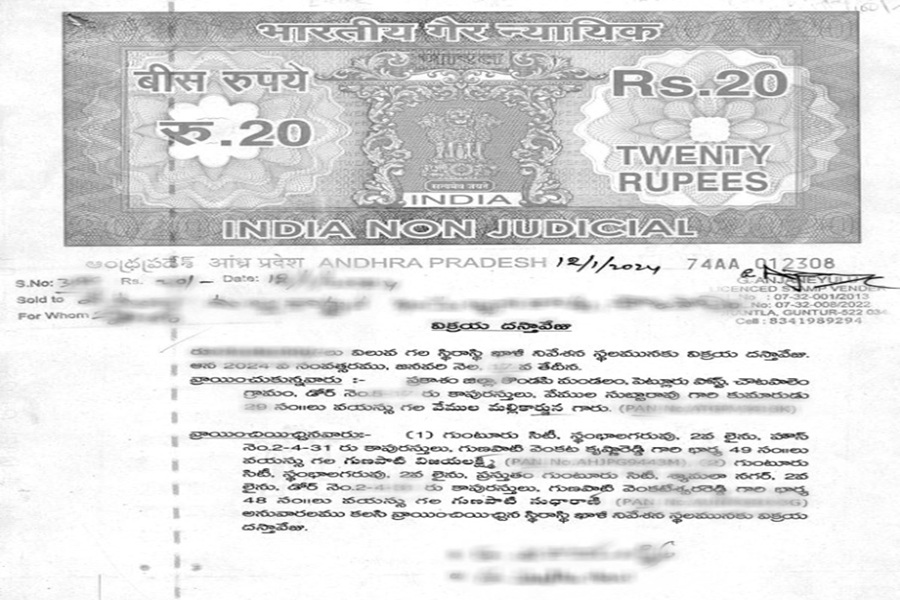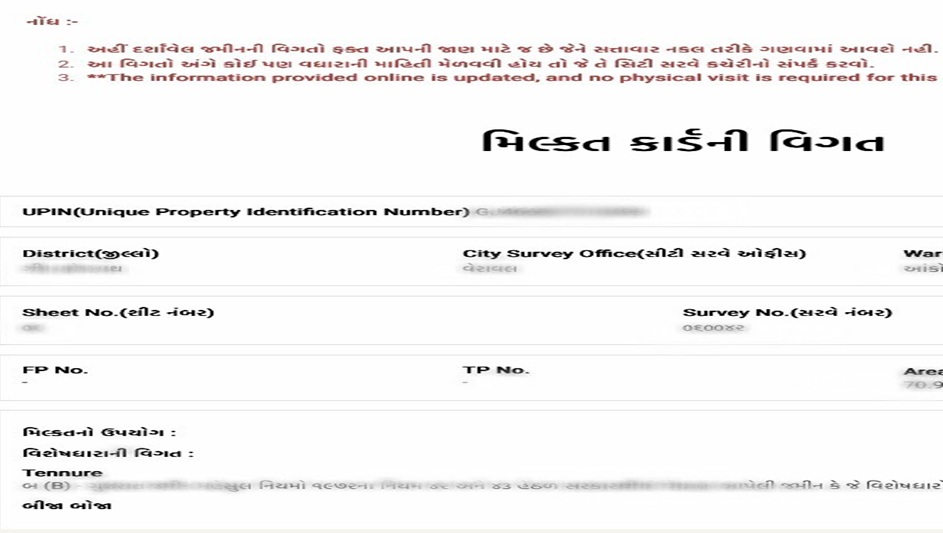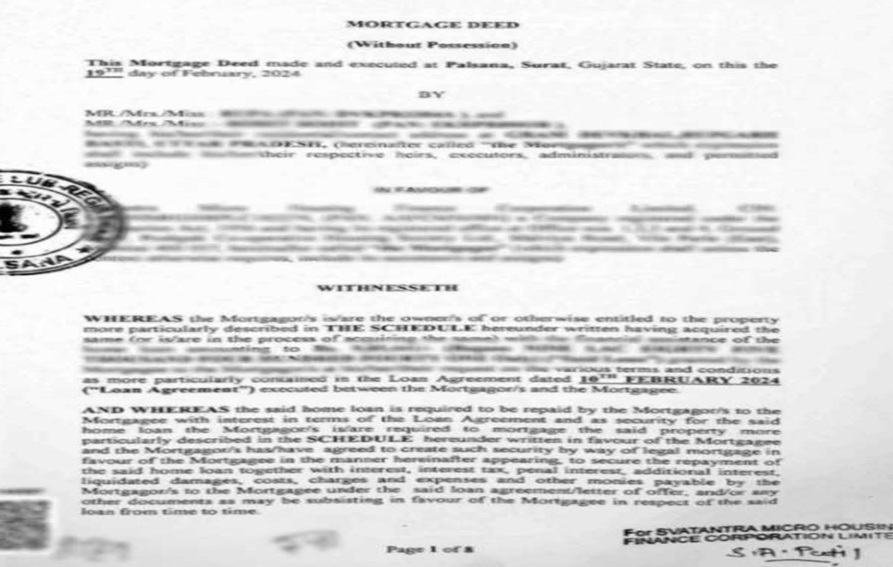What Constitutes a Sale Deed?
A Sale Deed is a critical document created between a buyer and a seller during a property transaction. This legal paper serves as proof of ownership, establishing the rights of the property holder.
What is a Certified Copy of Sale Deed?
A Certified Copy of Sale Deed refers to an official duplication of the Sale Deed, often known as Nakal. This document has been authenticated by the relevant authority, confirming it as a true reproduction of the original Sale Deed.
Such a Certified Copy is particularly valuable when engaging in transactions involving buying, selling, or leasing property, especially when the original document is unavailable. Owners are often hesitant to provide their original Sale Deed for safety reasons, making the Certified Copy an essential alternative for prospective parties.
Steps to Download the Certified Copy of Sale Deed
To obtain a Certified Copy of a Sale Deed registered after 1999, individuals can easily download it online through the Telangana Government’s official website or via the MyPatta App.
For Sale Deeds registered prior to 1999, users can order a physical copy through the MyPatta App, with delivery occurring within 2-4 business days. Alternatively, they may visit the relevant Registrar or Sub-Registrar Office to submit an application in person.
Components of a Sale Deed
Sale Deed Document Number
The document number serves as a unique identifier for the Sale Deed, typically formatted as Number/Year, such as 5489/2024. This number can generally be located in the margins of the first page, and if not, it is also noted on the second page.
Signing Date
The signing date is the specific day on which the Sale Deed is executed and formally signed by the involved parties.
Registration Date
This is the date when the Sale Deed is officially registered at the Registrar Office (R.O.) or the Sub-Registrar Office (S.R.O.), marking its legal standing.
Names of Buyers
The sale deed must clearly state the names of both the buyer and seller. The buyer is often referred to as the vendor, while the seller is referred to as the vendee. Their representatives should also be mentioned at the beginning of the document.
Identification of All Parties
This section functions as a formal recognition of all parties involved in the transaction. Key details include:
- Claimant’s Name and Thumb Impression: The name and thumbprint of the Buyer.
- Executant’s Name and Thumb Impression: The name and thumbprint of the Seller.
- Witness Details: Names and thumbprints of two witnesses must also be included.
- Biometric Verification: Most Sale Deeds registered after 2002 require a biometric authentication stamp to validate the identities of all parties involved.
Transaction Amount
The consideration amount represents the price at which the property is bought or sold. This figure is critical as it directly influences the calculation of Stamp Duty and registration costs.
Stamp Duty Documentation
The Stamp Duty associated with the Sale Deed is influenced by the type of deed and the consideration value. Payment for Stamp Duty is made to the Registration & Stamps Department. A challan, generated as proof of the Stamp Duty payment, is included with the Sale Deed for future reference.
Property Description Schedule
The Schedule of Property provides a comprehensive overview of the property’s details, including:
- Survey and Plot Numbers: Unique identifiers for the land.
- House and Door Numbers: Identifying information for the structures on the property.
- Regional Details: The village name, mandal name, and district name where the property is situated.
- Area Measurement: The total area covered by the property, with additional features like parking spaces also mentioned.
- Adjacent Properties: Information regarding the neighboring properties to the North, South, East, and West should be included.
Property Layout Plan
A graphical representation of the property is also part of the documentation. This layout plan includes directional indicators such as North, South, East, and West.
Historical Sale Deeds (Pre-1999)
Older Sale Deeds maintain similar components but may have variations in their format. Sale Deeds from earlier decades, like those from the 1950s or 1960s, were often handwritten and may be in local languages. The property layout may also be represented through hand-drawn diagrams.
Preparing a Sale Deed
When drafting a Sale Deed, it’s essential to incorporate all required components as previously listed. Care should be taken to eliminate any spelling or data entry errors, as making changes post-registration can be challenging. Depending on the property type, additional details might be necessary. For instance, agricultural land may require unique documentation, while apartment registrations necessitate a comprehensive land schedule. Consulting a skilled document writer and having the draft reviewed by a qualified attorney are advisable steps before finalizing the transaction.
Essential Considerations for Sale Deeds
Several crucial factors should be verified to ensure a smooth property transaction:
- Ownership Verification: Confirm that the seller is the legitimate owner of the property. This is particularly important for inherited properties, where other family members might have ownership claims.
- Prohibited Land Status: Verify that the property is not located in a region that has been designated as prohibited for sale or development. Being unaware of such restrictions could lead to legal complications in the future.
- Litigation Status: It is essential to ensure that the property is not entangled in any legal disputes. Registering property under litigation can lead to future headaches.
Due diligence falls primarily on the buyer. The Registrar or Sub-Registrar Office typically does not check these details as part of their responsibilities. For complete security and peace of mind, obtaining a detailed legal assessment and property report from experienced lawyers is recommended. This report should evaluate essential documents such as the Encumbrance Certificate (EC), previous Sale Deeds, inheritance documentation (Wills), and any other pertinent records.
Key Points
A Sale Deed represents a significant legal document in property transactions. Accuracy and attention to detail in drafting are crucial to prevent disputes in the future. Engaging professional assistance is advisable to navigate the complexities involved in property transactions safely. For those in Telangana seeking property-related documents, services such as MyPatta can provide essential tools, including downloadable Encumbrance Certificates and access to prohibited land lists, ensuring a smoother transactional process.
Frequently Asked Questions
How can one acquire a sale deed online in Telangana?
In Telangana, individuals can access and download a certified copy of a sale deed registered after 1999 through the official government website or via the MyPatta App. For deeds registered prior to 1999, users must request a hard copy, which can also be ordered through the MyPatta App for home delivery.
What fees are involved with registering a sale deed in Telangana?
The registration of a sale deed in Telangana typically incurs various costs that include stamp duty and registration fees. The stamp duty is set by the state legislature, and depending on the property value, the fees may vary. It’s advisable for individuals to check the latest rates on the Telangana government’s official registration portal.
What is the prescribed format for a sale deed in Telangana?
The official format of a sale deed in Telangana includes specific clauses such as the identification of both parties, property details, sale consideration, and the date of execution. It’s essential that the deed reflects the agreement reached between the buyer and seller to avoid disputes.
Is there a time limit for the legal validity of a sale deed in Telangana?
A registered sale deed in Telangana does not have a fixed expiry date; it retains its legal validity indefinitely. However, it is crucial for the parties involved to ensure that all conditions of the sale are met in accordance with the deed’s terms.
How can individuals verify the details of a sale deed in Telangana?
To check the details of a sale deed, individuals can visit the official Telangana land registration portal. By entering key information such as the document number and other required details, they will be able to retrieve and review the deed’s particulars.
Is it possible to obtain a sample sale deed for reference in Telangana?
Yes, individuals can find sample sale deeds online for reference purposes. Various legal websites and resources like the MyPatta platform provide templates that reflect the necessary components and structure of a sale deed in Telangana. These samples can assist in understanding how to draft a deed properly.



